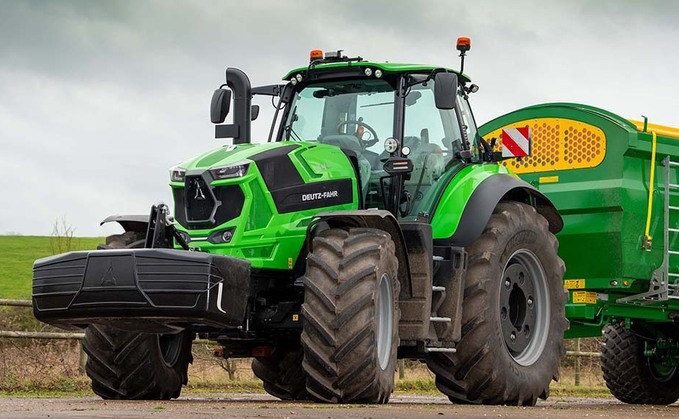
Representing an all-new market for Deutz-Fahr, we get an in-depth insight into its latest tractor development, the 8280TTV. James Rickard reports. Pictures by Marcello Garbagnoli. In Europe, the market...

Representing an all-new market for Deutz-Fahr, we get an in-depth insight into its latest tractor development, the 8280TTV. James Rickard reports. Pictures by Marcello Garbagnoli. In Europe, the market...